Dogma: The Room of One’s Own
– Pier Vittorio Aureli and Martino Tattara
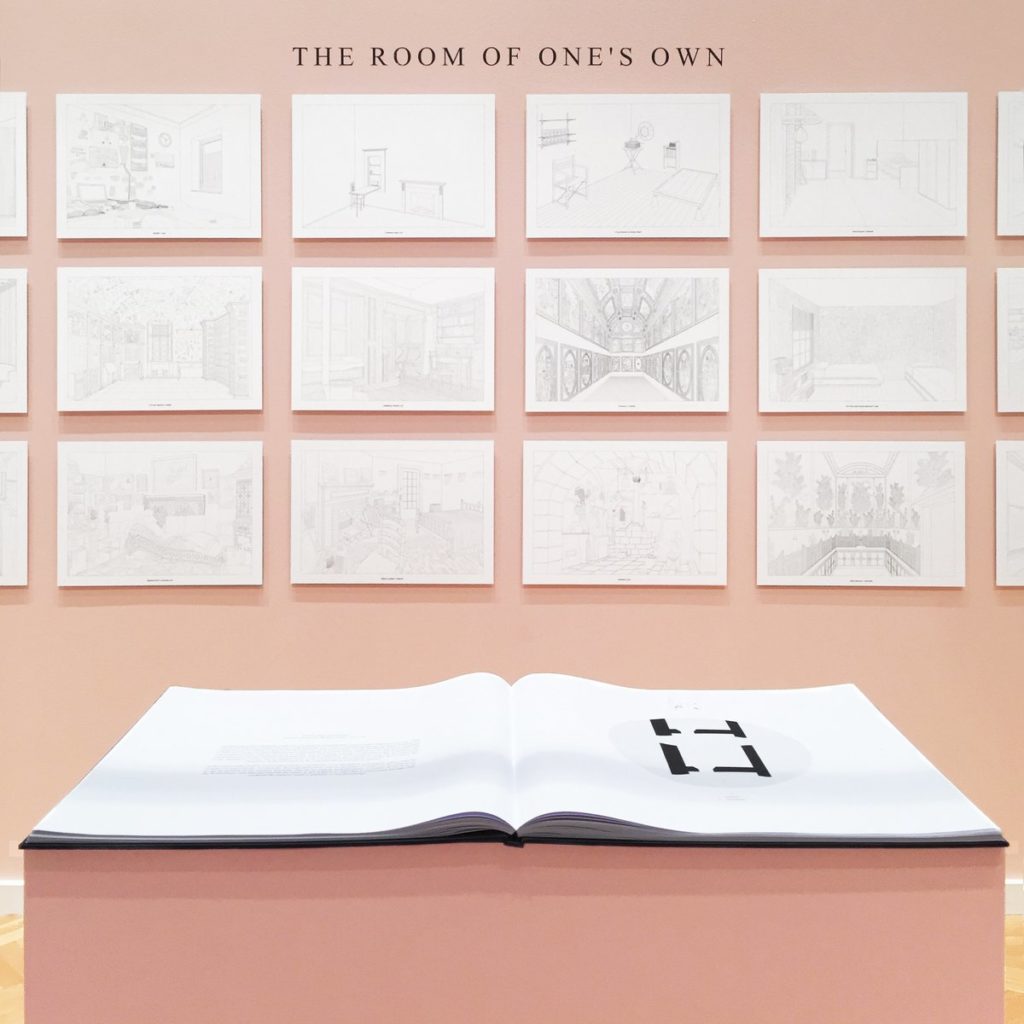

The Architecture of the Private Room
These drawings are part of a series of 48 perspectives that depict the ‘private’ room from antiquity to the present day. They comprise a study of the private room as a specific architectural form. Each perspective is taken with a more or less consistent point of view in order to enhance the comparability of each example. The rooms are drawn using the ‘ligne claire’ technique (used by architects such as Paul Letarouilly, Heinrich Tessenow and Leon Krier) in order to emphasise – above anything else – the room form. Introduced by a short history of the private room and a recueil of floor plans dating from the Epipaleolithic period, these 48 perspectives are exhibited at the second edition of the Chicago Architecture Biennial.
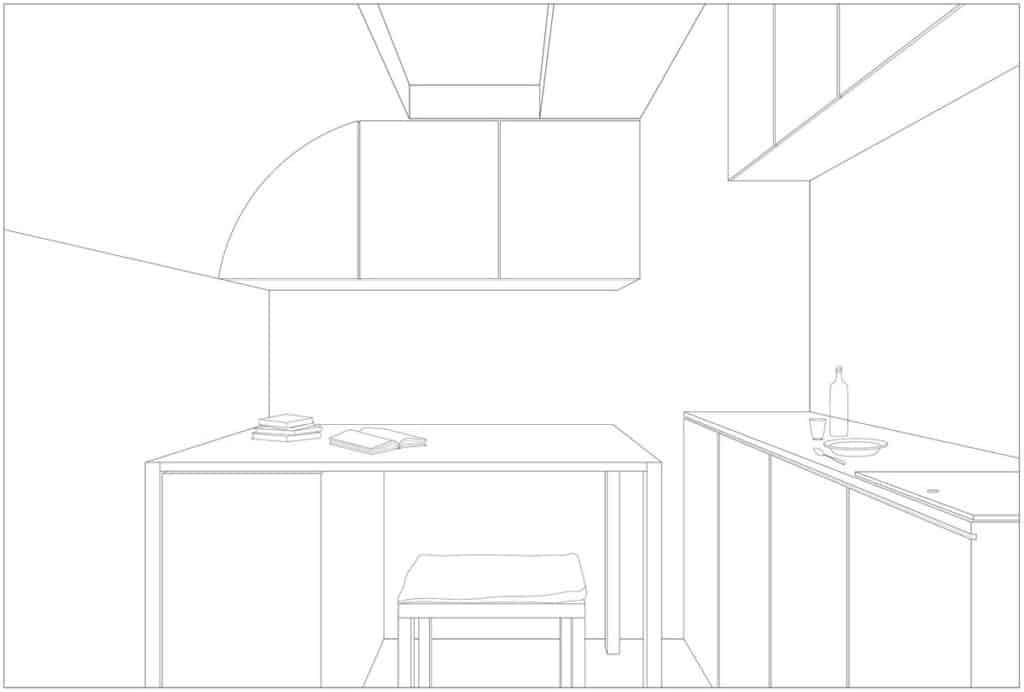
The room is perhaps the most obvious form of architecture, and yet it is the least investigated. It seems that the room has always been there, and that as dwellers, and then as architects, we have had no choice but to live in and design rooms. If the purpose of architecture is to make space then the room is the most direct architectural form that can result from such a claim.
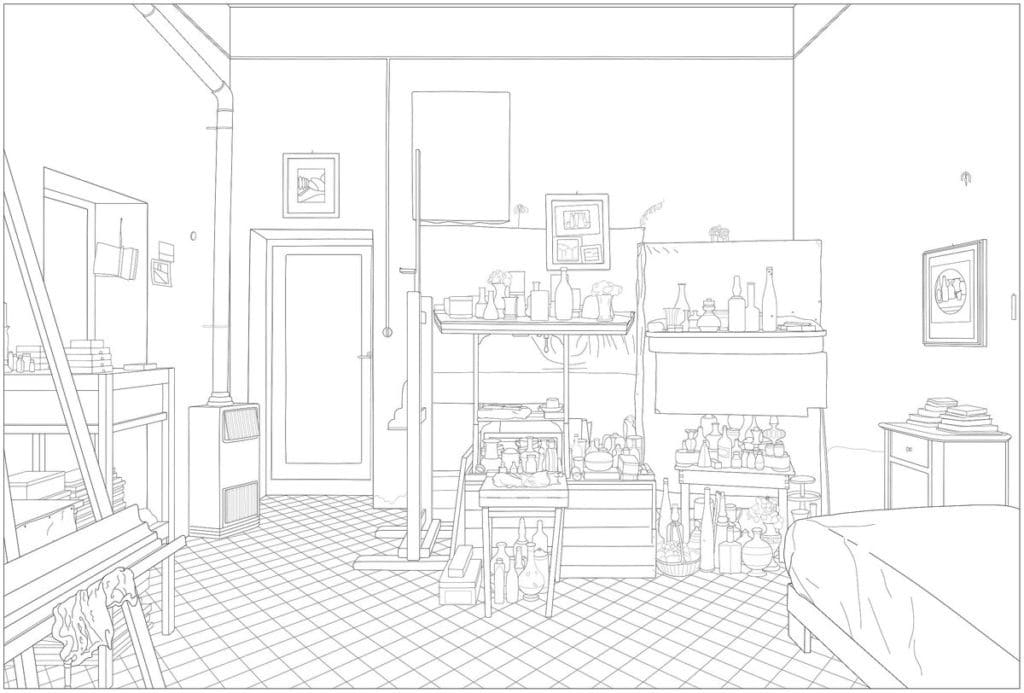
While architect Louis Kahn considered the room as the essential origin of architecture, writer Virginia Woolf argued that to have ‘a room of one’s own’ was for a woman of her time a challenge to the patriarchal logic of domestic space. Far from being a timeless form, the room is a product of specific historical circumstances that are related to one of the most controversial and problematic issues of human history: the domestication of society.
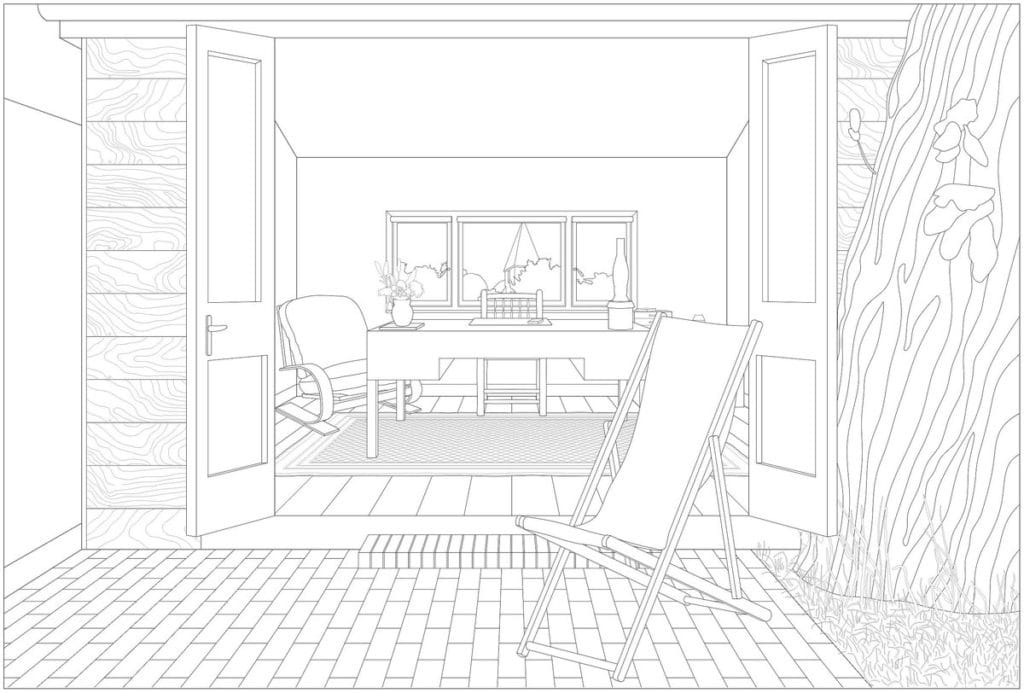
The architecture of the room expresses subtly and yet directly the way in which households, families, and individuals have been individuated as subjects with distinct gender and class connotations. More specifically the private room has contributed to such individuation by staging and celebrating notions of privacy as the possibility of freedom from the burden and pressures of the social world.
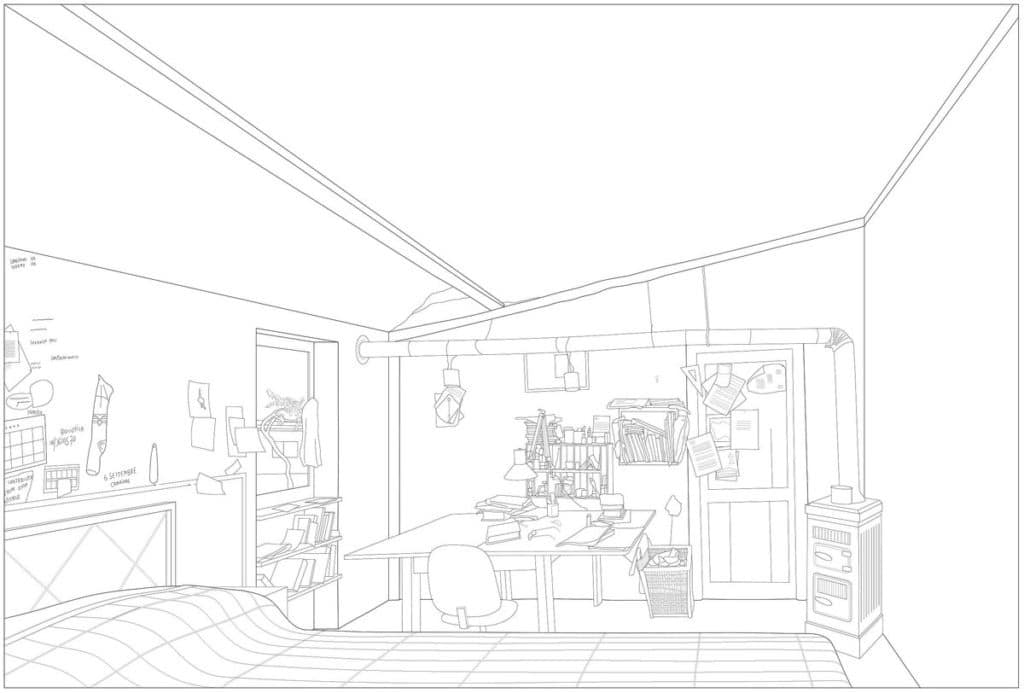
It is not by chance that the modern private room has its typological and ideological roots in both the monastic cell and the study, or ‘studiolo’, in which the pater familias was granted the privilege to retreat from both public and domestic life. Evolving from the closet, boudoir, bedchamber and sleeping cubicle, the private room eventually became the bedroom, a place where each dweller is designated a specific position within the household.
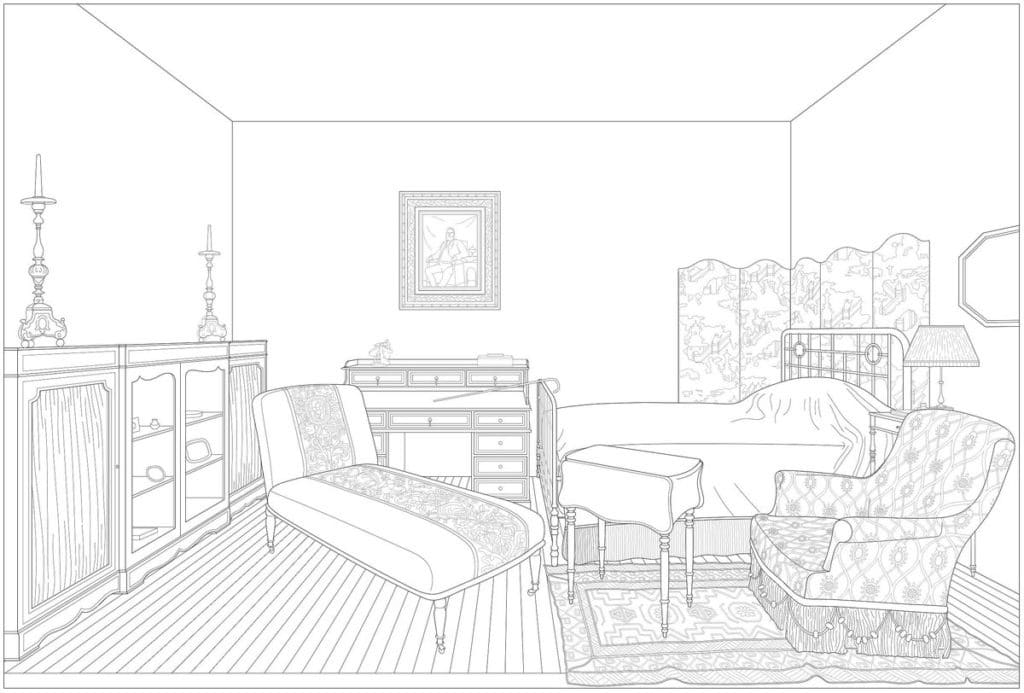
Yet ‘The Room of One’s Own’ also describes the struggle against this logic of individuation. It shows how in certain situations dwellers have used and abused the private room as a space of rest, solitude and concentration in direct relationship with a common dwelling space, often overcoming the idea of private property as in the case of boarding houses, residential hotels and communal houses.

Indeed rooms are never autonomous spaces but always the result of a process of subdivision and individuation that organises domestic life. The implicit yet unfulfilled promise of ‘the room of one’s own’ is in the reclaiming of this process, not for domestication but for the possibility of a better life.
The Room of One’s Own was published as a book in December 2017 by Black Square.
Pier Vittorio Aureli spoke on the ‘private’ room, in the Barbican’s Frobisher Auditorium 1, on 16th November 2017, as part of the Architecture on Stage series.
